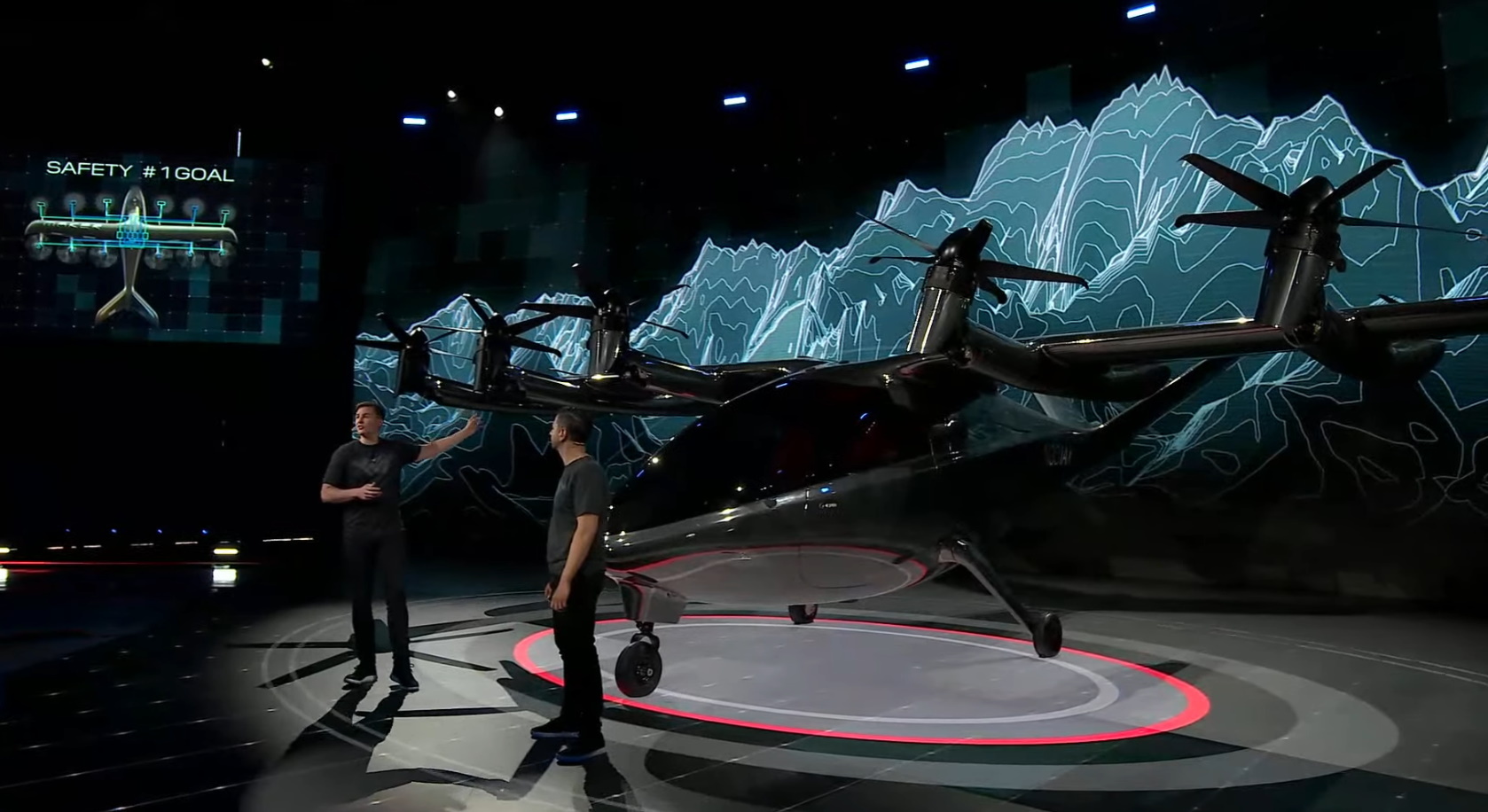swaltner
Active Member
It’s all about the batteries.Is there a reason nobody's just putting an electric motor and batteries in a conventional helicopter?
Sikorsky did just that back in 2010 with the Sikorsky Firefly that they brought to AirVenture. They took a. Sikorsky S-300C, gutted the gas engine and added an electric motor bolted to the original transmission and batteries. They took a 3 person helicopter and made it a single place helicopter with a usable load of something like 125 pounds. Whatever the actual capacity happened to be was chosen because it was the weight of their lightest test pilot.
The Firefly had a flight time of about 12 minutes. It was built to get experience with drive electronics, but was shelved until a more reasonable battery technology came along.





